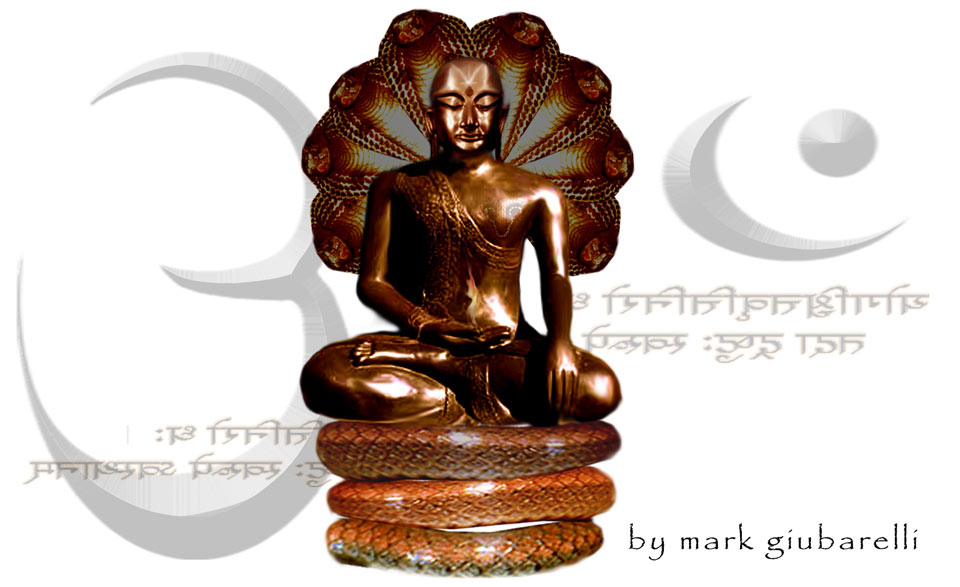
This is a resource for "The Yoga Sūtras of Patañjali" 196 Indian sūtras. Mark Giubarelli conducts various Yoga Sutra Flows with guided meditation and Sutra insights.
Samadhi pada (A state of Union)
Samadhi Pada Ch1 1 - 10
Samadhi Pada Ch1 11 - 20
Samadhi Pada Ch1 21 - 30
Samadhi Pada Ch1 31 - 40
Samadhi Pada Ch1 41 - 51

Sadhana pada (Practice)
Sadhana Pada Ch2 1 - 10
Sadhana Pada Ch2 11 - 20
Sadhana Pada Ch2 21 - 30
Sadhana Pada Ch2 31 - 40
Sadhana Pada Ch2 41 - 55

Vibhuti pada (Powers)
Vibhuti pada Ch3 1 - 10
Vibhuti pada Ch3 11 - 20
Vibhuti pada Ch3 21 - 30
Vibhuti pada Ch3 31 - 40
Vibhuti pada Ch3 41 - 56

Kaivalya pada (Emancipation)
Kaivalya pada Ch4 1 - 10
Kaivalya pada Ch4 12 - 20
Kaivalya pada Ch4 21 - 34

Listen to each yoga sutra in Audio mp3 format.
Dedicated to: B.K.S Iyengar, Sri T. Krishnamacharya and of course Patanjali
"Thank You for all you have given me in life. For without your teachings I would be a flower untouched by the Sun."
Special thanks to Kausthub Desikachar
Many scholars date the Yoga Sūtras as late as the fourth or fifth century C.E., but they have often been quoted as much older.
It is truly amazing that this text still holds such strong meaning. Who wrote the yoga sutras?
The Indian tradition attributes the work to Patañjali who seems to have complied and organised these wonderful verses in Yoga.


